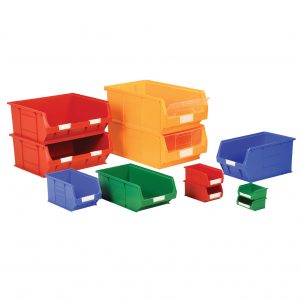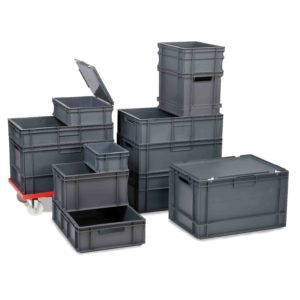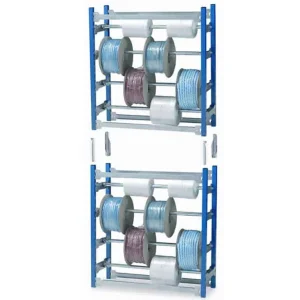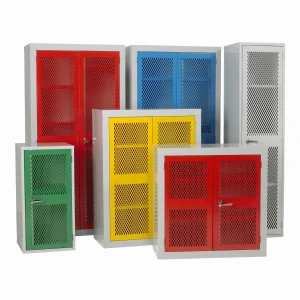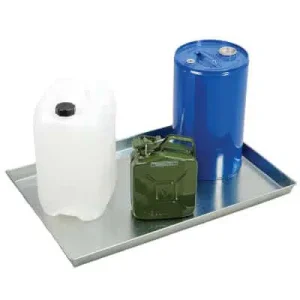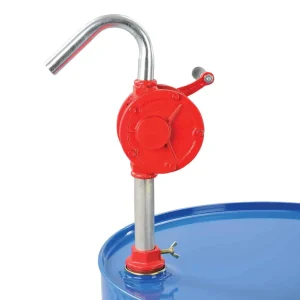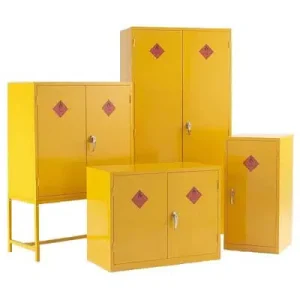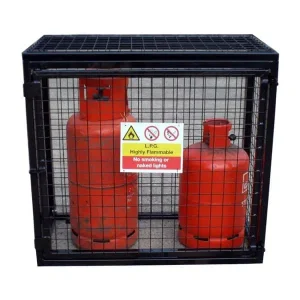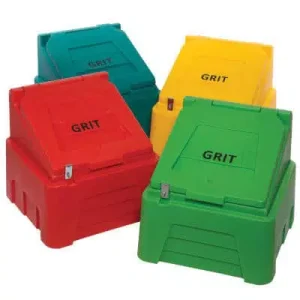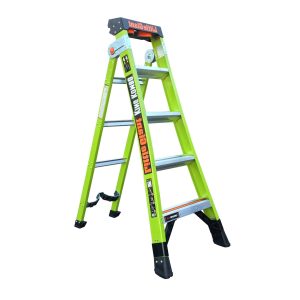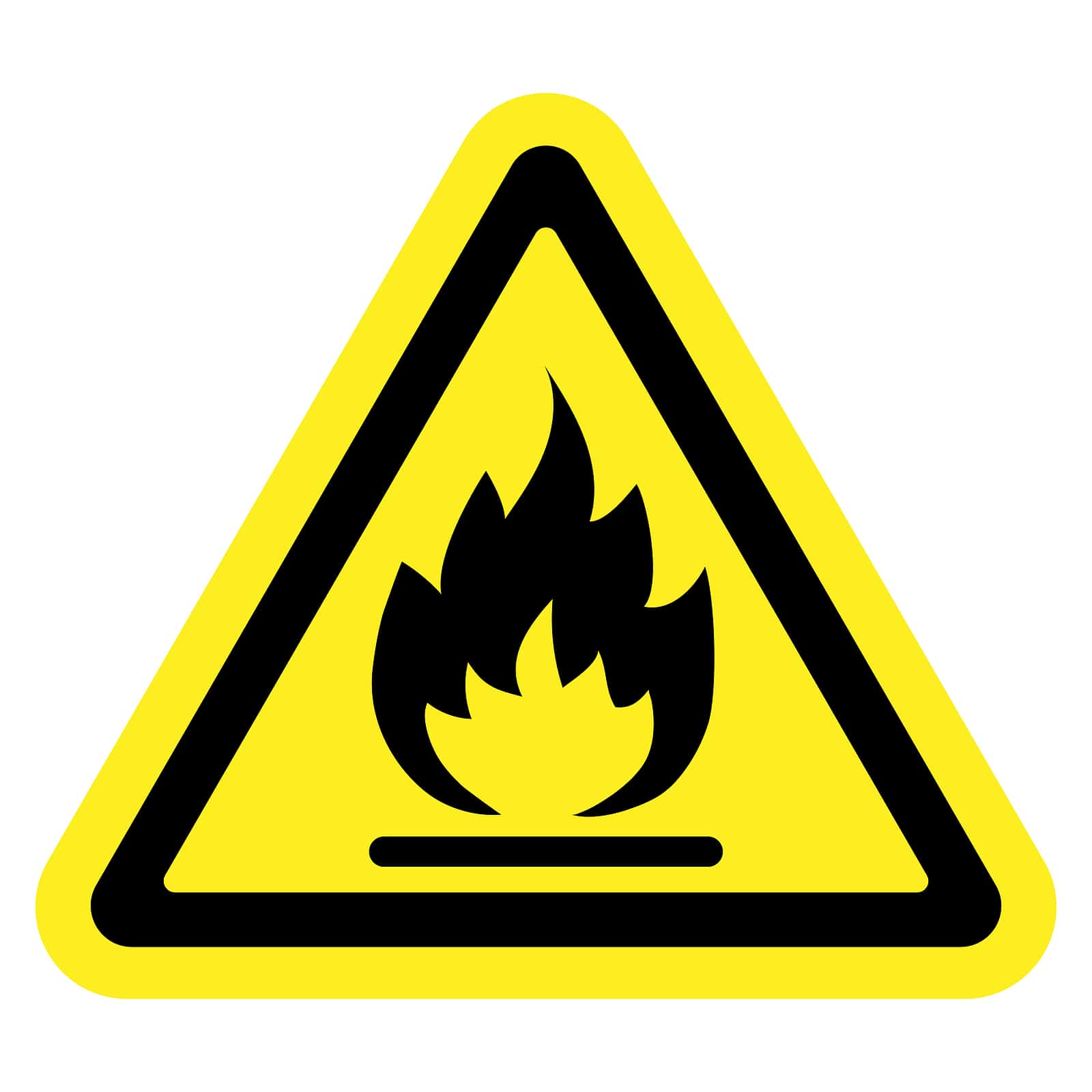
Working with hazardous chemicals is an important daily activity in many types of industry. To promote health and safety in the UK there are signs and symbols to help indicate potential health hazards, which are visible on many products including gas cylinders, chemical containers and in certain areas.
The symbols are part of classifications relating to the Control of Substances Hazardous to Health, or ‘COSHH’. COSHH symbols provide awareness of things that have the following properties:
- Explosive.
- Flammable.
- Oxidizing.
- Pressurised.
- Corrosive.
- Toxic
- Hazardous to health
- Seriously hazardous to health.
- Dangerous for the environment.
As leaders in providing high-quality industrial-grade products, including many related to the storage of hazardous substances, we are in a good position to explain more about COSHH symbols and their meanings. You can use our services and get free UK delivery, please contact us if you have any questions.
Areas COSHH Symbols Cover
COSHH is a part of European legislation known as the Classification, Labelling and Packaging (CLP) Regulation. COSHH symbols cover the following, as stated by the UK governments Health and Safety Executive:
- Chemicals.
- Fumes.
- Mists.
- Vapours.
- Products containing chemicals.
- Nanotechnology.
- Gases.
- Biological agents.
- Germs.
You will see COSHH symbols on almost anything containing these things, which means they are visible on a wide range of everyday products, specialist items and industrial products that are in use. Some of these are visible on our hazardous storage products.
COSHH Symbols: List and Their Meanings
The following are the main COSHH symbols and their meanings:
Symbol: Gas Cylinder
The COSHH symbol that shows a gas cylinder indicates pressurised gas. You might see this symbol on the side of the gas cylinder itself, but it can also be on the walls of storage areas. Typical settings where gas cylinders are in use include the medical profession and the oil and gas industry.
Compressed gas can be a grave danger in the event of an accident. People who work with hazardous substances may use them routinely, and long term control measures or ongoing training are necessary as an accident can occur even when people are handling gas cylinders properly.
Symbol: Corrosion
The corrosion symbol, illustrated with two test tubes spilling substances onto a surface and a hand, warns of contents that can damage surfaces and skin. Particularly important for harsh acids and very powerful cleaning products, you can see this symbol commonly in laboratories and commercial laundry settings.
Corrosion can be mild, and may not affect the skin in some cases. However, many substances can cause immediate burns and permanent scarring if they touch the skin. Corrosion is an important COSHH symbol, and it means you must take extra precautions – such as wearing protective gloves and eyewear.
Symbol: Exploding Bomb
The COSHH symbol that features an exploding bomb indicates the potential for combustion, so it will be visible on almost anything combustible. Flammable liquids and gases will feature this symbol, and they are in common use in many areas of construction and manufacturing – such as welding.
An explosion or fire can cause significant damage, so it is essential to have COSHH regulations and hazard symbols to ensure their proper storage. You are likely to see this symbol alongside a sign saying that there should be no naked lights in the vicinity, which could potentially act as a source of ignition.
Symbol: Environment
The COSHH symbol that indicates something is potentially hazardous to the environment, symbolised by a dead tree and floating fish, will be visible on containers for things such as oil, other fuels and certain pesticides. These substances will have a severe impact on animal, plant and aquatic life.
You will probably see this symbol on pesticides that are not organic, as organic pesticides do not have the same detrimental effect on their surroundings. Many commercial farms will use pesticides of this nature and it is a common symbol seen in the oil and gas industry.
Symbol: Flame
A flame symbol indicates that something is flammable, but not necessarily explosive. Some flammable substances can catch fire when they have contact with air or water, so there is still a potential for fire even without a naked flame present.
Flammable liquids are common, such as in fuel or many household cleaning products, but you may also see this symbol on flammable aerosols. Flammable solids also exist, such as magnesium, so you may see it on certain metals too. Most people will see this symbol at some point in their daily lives.
Symbol: Health Hazard
The COSHH symbol for a health hazard is an exclamation mark and has a wide range of applications. Substances with this symbol may be harmful to an individual’s health, but they can also indicate a substance is a threat to public health and the environment if it can affect the ozone layer.
There are many ways that a substance can be harmful, such as when it is touched with bare hands, swallowed or can irritate the airways. You can see the symbol on many aerosols and substances that are irritating to the lungs or skin. This is also the symbol for anything that might interact with a person’s allergies.
Symbol: Serious Health Hazard
The COSHH symbol for a substance that has a serious chance of causing harm to health is a person with a warning on the chest. This symbol is different from the previous one we cover here as it indicates something that can severely harm health or cause instant death.
Any chemicals that can cause serious or long term damage carry this symbol, and there are potential issues for chemicals that can be inhaled in the form of dust or aerosols. Anything that is known to cause cancer or genetic health problems will carry this symbol, so it means you will find it on the harshest chemicals.
Symbol: Flame Over Circle
The flame over the circle symbol shows that something is oxidising, meaning it will potentially react with other chemicals and intensify fire. Oxygen itself carries the warning symbol for oxidation for this reason. You are likely to see this on substances in use in the medical profession.
Many cleaning products rely on oxidising substances, as the chemical reaction that takes place when it comes into contact with a surface can promote more hygienic and thorough cleaning. Bleach is a good example of an oxidising substance that most people will use regularly.
Symbol: Skull and Crossbones
The skull and crossbones COSHH symbol is a sign that something will cause damage to health, sometimes at very low levels of exposure. These substances can be fatal if a person accidentally swallows them, in the case of liquids or solids, but they can also be fatal upon inhalation in the case of aerosols and dust.
Major safety precautions are necessary for safely handling anything with this symbol, which could be a particularly volatile chemical such as oil or fuel. Because there are so many toxic chemicals you are likely to see this on many substances, or products containing those substances.
COSHH Symbols Explained
The COSHH symbols are useful for anything harmful or potentially harmful to health, safety and the environment. They provide a standardised method of classification in the UK, although they are a European regulation.
People working with substances hazardous to health can undergo COSHH training to better understand the labels for hazardous chemicals or substances, and a training course can also teach people to handle them safely.
You can buy many products, with some featuring these symbols, from us with free UK delivery. If you have a specific item or question we can help, so please feel free to get in touch with us for more information.
